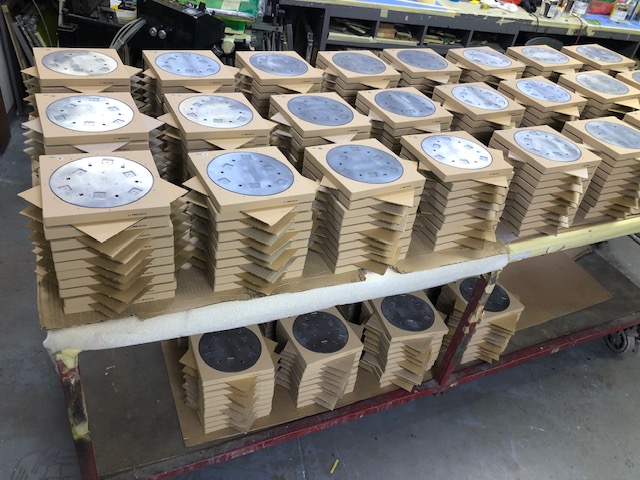A Quick Refresher: What Is Passivation?
Passivation is basically a surface treatment for stainless steel. Although stainless is designed to resist the effects of corrosion, fabrication, machining and general handling leaves tiny fragments of contaminants which can cause rusting over time. with a bath or either nitric or citric acid, the impurities are dissolved, and a clean and uniform surface remains. The stainless steel then provides a naturally formed layer of protective oxide, preventing rust.
Nitric Acid Passivation Pros
Nitric Acid Passivation Cons
- Nitric acid is both toxic and corrosive. Strict handling procedures must be adhered to, similarly for disposal and ventilation.
- Because of the aggressive nature of the chemicals involved waste treatment becomes more complex.
- Newer alternatives means the exposure risks are less worker-friendly than fresher more modern options.
Citric Acid Passivation Pros
- It is far safer to handle as citric acid is derived from citrus fruits, also making it easier to dispose of.
- It is biodegradable and non-toxic, so a lot easier on the environment and for workers to handle.
- Facilities that use citric acid do not face the same strict requirements for chemical disposal and handling.
Citric Acid Passivation Cons
- Some industry specifications insist on nitric acid, especially in defense and aerospace.
- The finish of citric acid may be slightly more dull than nitric acid
- Even when citric acid works well, because nitric acid is more established in its use, it may be the preference of some engineers.
What Is The Best Option?
-
If you’re working on a project that requires strict compliance with traditional specifications, nitric acid passivation is often the safer choice to meet standards.
-
If your priority is environmental responsibility, worker safety, and modern efficiency, citric acid passivation is hard to beat.
-
In many industries—like medical, food processing, and general manufacturing—citric acid is quickly becoming the new standard.
At the end of the day, both processes achieve the same goal: protecting stainless steel from corrosion and extending its lifespan. The real difference comes down to safety, compliance, and cost of implementation.
What Coat To Choose
Passivation may seem like a small step in the finishing process, but it has a huge impact on how long your stainless steel components last. Choosing between nitric acid and citric acid depends on your industry, your compliance requirements, and your company’s values when it comes to safety and sustainability.
At Performance Coating, we help manufacturers weigh these options and select the passivation method that best fits their needs. Whether you stick with traditional nitric acid passivation or move toward the eco-friendly benefits of citric acid, we make sure your stainless steel parts leave our shop clean, durable, and ready for long-term performance.

